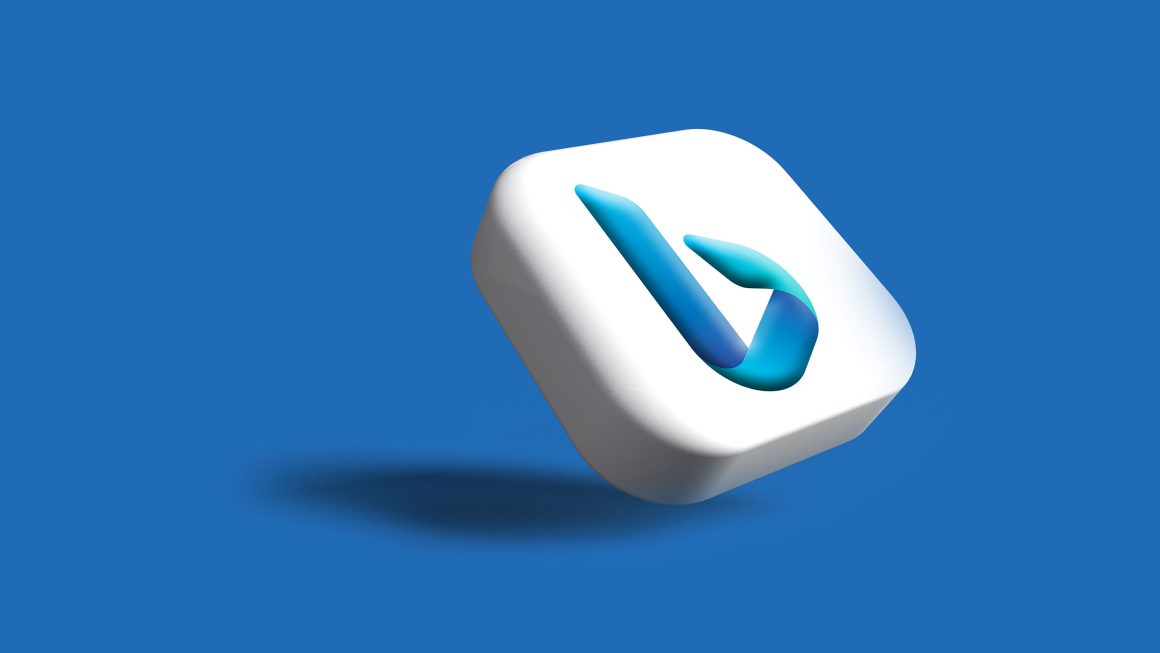Have you noticed that your laptop has begun to slow down? There are a few reasons why this happens. Your laptop’s storage might nearly be full, a computer virus poses a hidden security threat, or maybe your registry has long been outdated. Whatever the cause, you can’t simply ignore the lag because it will most likely only worsen with time. In this article know How to Format laptop
So, what’s the most effective fix for a slow device? Learn how to format a laptop. This method provides a full reset, followed by an OS restoration. Formatting your laptop makes sure that existing software problems are wiped out. As long as you follow this step-by-step guide, you can likely handle this frustrating tech situation on your own.
There are four ways you can format your slow laptop. You can use the “reset” feature in Windows 10, create a repair disc in Windows 7, insert a Windows system disc, or use a USB Windows installer.
Use the Reset this PC Feature in Windows 10
- At the ‘Start Menu,’ find ‘Settings.’
- Then, click ‘Update & Security.’ You can find the ‘Recovery’ tab there.
- You’ll see a few options on that menu, but we recommend opting for ‘Reset this PC.’ Other options, such as ‘Advanced Startup,’ will even bring you more sub-options. ‘More Recovery’ will give you a fresh start with any available Windows option, and ‘Backup Your Files’ will backup your personal files to an internal or external drive.
- After clicking our recommended option, you’ll have to choose between keeping your files or deleting all of them. The former will remove apps and setting preferences, but keep your files, while the latter will delete everything.
- As your laptop erases your data, you’ll be met with another two options. You can pick between removing only your files, or removing and cleaning your drive. Tech experts suggest that the second choice is the better option. This prevents anyone from recovering your files after the process is complete. Whether you’re selling your laptop to someone else or hiring a laptop technician to do the job, your data can be recovered and stolen, exposing you to security risks.
- Once the OS welcome message pops up again, click ‘Next’ and select the ‘Reset’ button. Your Windows 10 laptop will automatically restart on its own.
Make Your Own Repair Disc in Windows 7
- Go to ‘Control Panel,’ click ‘Backup and Restore,’ and select ‘Create a System Repair Disc.’
- Insert a CD into your laptop. Select ‘Create disc,’ and press both ‘Close’ and ‘OK’ options.
- Enter into the boot menu by pressing the F10 or F12 key. (This will vary depending on your laptop’s model and brand.)
- Make your CD as a boot device, then click ‘Enter’ and ‘Next.’ Choose the option, ‘Use recovery tools that can help to fix problems with starting Windows.’
- Select ‘Next,’ then ‘Command Prompt.’ You can finally start creating a repair disc by entering ‘Format c:/fs:NTFS.’ Wait until the process is finished. You can now use the repair disc on any laptop you want to format.
Insert a Windows System USB/Disc
This method is commonly mistaken as creating your own repair disc. But, these Windows system discs can be bought anywhere. They’re ready to repair and format a laptop.
- Enter the BIOS by pressing the ‘Delete’ key. You have to do this as you boot your laptop. Press it before the Windows logo shows up, or it won’t work.
- Click ‘Advanced BIOS features’ and make the ‘First Boot Device’ to CDROM. Save by clicking the ‘Y’ button and exit afterward.
- Once that’s done, insert the Windows system disc, and go into the ‘DOS’ prompt.
- Once you’re in, type ‘format C:,’ and press the ‘Y’ button to begin formatting.
- After formatting your data, you can now check and follow all the instructions for installing new Windows on your laptop.
Use System Recovery
This method won’t require any external device (whether it’s a flash drive or a CD) to format your laptop. But before proceeding, it’s best to first backup all of your data.
- As you start your laptop, press either the F8 or F11 key. Make sure that you can do this before the Windows logo pops up.
- Choose ‘Next’ and enter ‘System Recovery.’ Get a full ‘Destructive Recovery.’
- This will format your device, lasting for a few minutes or hours. Once it’s complete, your laptop will automatically restart.
Learning how to format your laptop is important. It can restore it to its original state and get rid of threats and issues causing the lag. Before trying any of these methods, it’s important to go over your personal files and backup your data. Follow the step-by-step process accordingly, and you’ll have a new, fresh start in no time!




